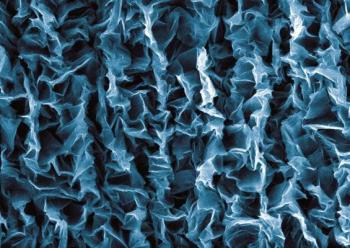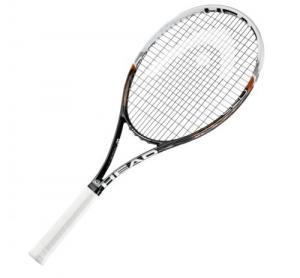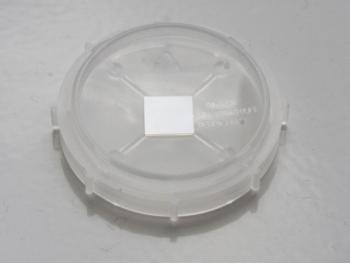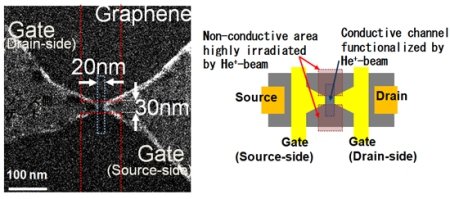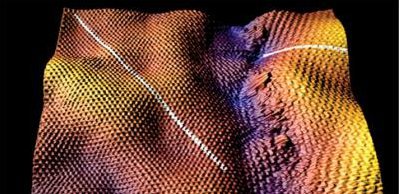The University of Cambridge establishes a new graphene center with over £12 million in funding
The University of Cambridge announce plans to establish a new center for graphene research. The Cambridge Graphene Centre (CGC) will start operation on February 1st 2013 and the university will open a dedicated facility with state-of-the-art equipment towards the end of 2013.
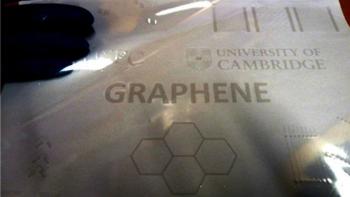
The UK government gave a grant of over £12 million to support the new center's activities. The CGC will use the money to buy equipment and support projects that aim to develop new mass-production high-quality graphene production processes and some potential applications. The CGC's director will be Professor Andrea Ferrari.

